READY TO GET STARTED?
REQUEST A FREE ESTIMATE
Fill out the form below or call (888) 466-7849 for a free, no-obligation estimate.
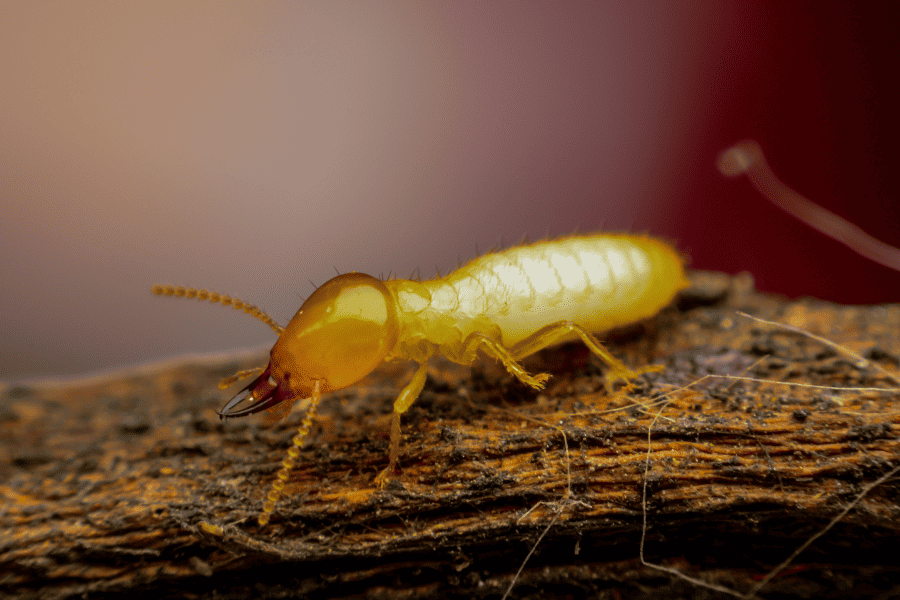
Termites are a common pest that can wreak havoc on your home during the summertime. These tiny insects can eat through wood and other building materials, causing extensive damage to your property. Discover the signs of a termite infestation and our tips on how to prevent further termite damage to your home.
If you discover any signs of termites in your home, consider calling your local pest control company for a free termite inspection!
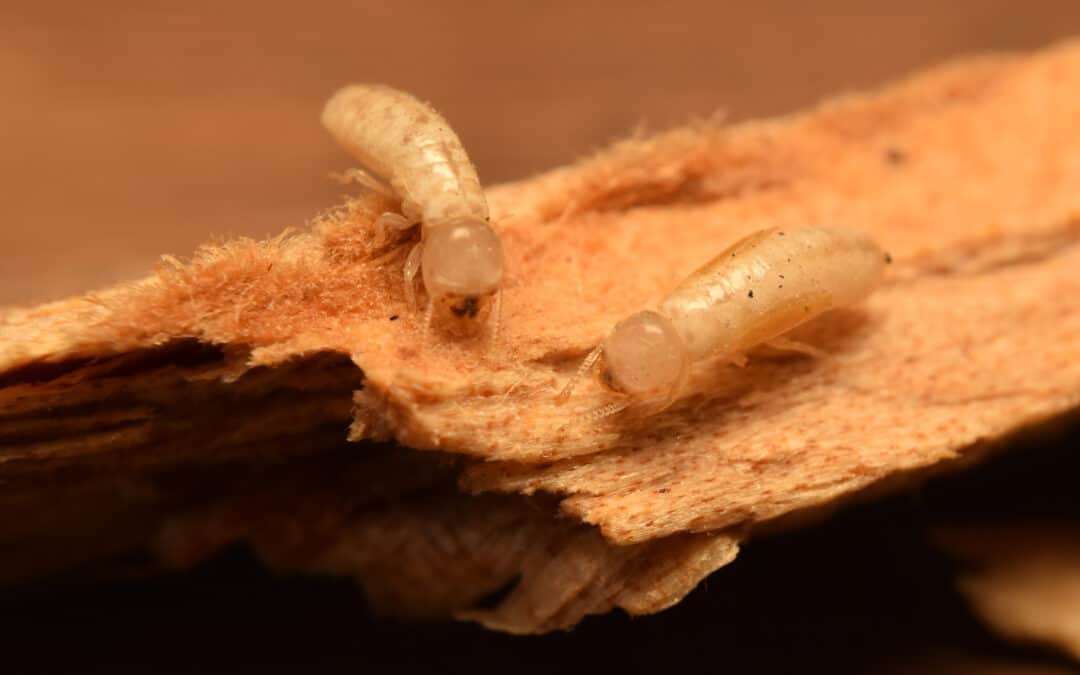
In South Florida, our warm, humid, and tropical weather is the perfect environment for termites to thrive. If these silent destroyers invade, their damage to your home or property can be devasting and could cost thousands of dollars in repairs. In Florida, there are two common types of termites that homeowners should be aware of: drywood termites and subterranean termites. To prevent these termites, it’s important to understand their differences and methods to keep them from infesting. Read more to learn about drywood termites and subterranean termites.
Preventing both types of termites is essential to protecting the structural integrity of your home. When preventing subterranean termites, look to eliminate any moisture problems from your property, including that your yard has good drainage, fixing leaky pipes, and removing items that can hold water like buckets or old tires. Likewise, make sure that you are being cautious of the areas where there is soil-to-structure contact. For drywood termites, keep firewood at least 20 feet from the home and elevated off the ground, and regularly inspect your deck or patio for signs of damage.
One of the best ways to ensure your home is termite free is to get regular termite inspections from your local termite control company. These professionals will be able to give your home a thorough inspection and recommend the best prevention plan to avoid future termite infestations.
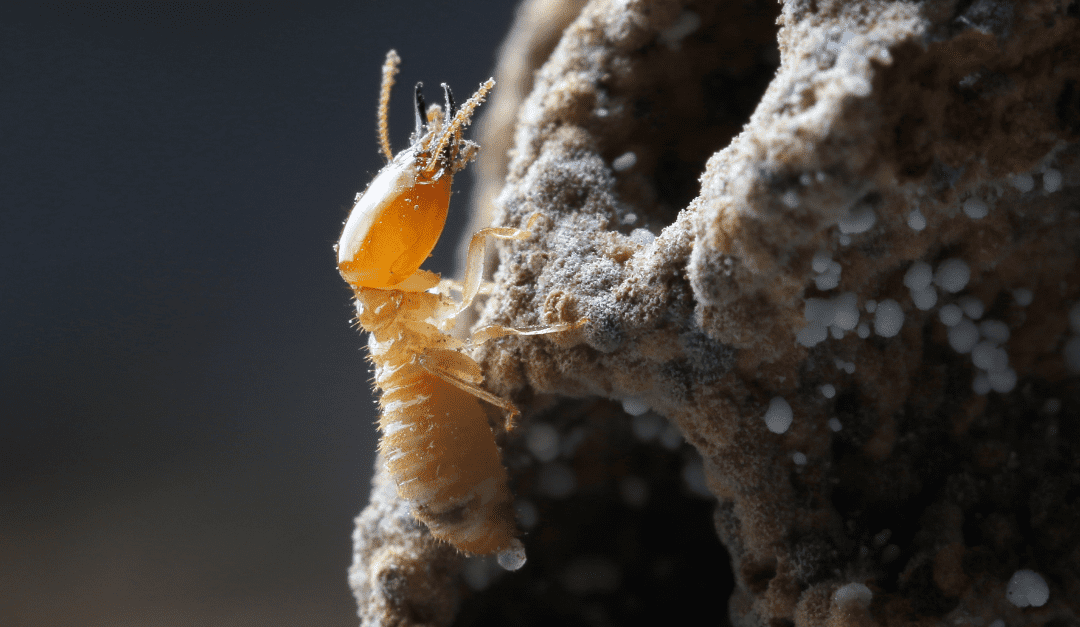
Summer is a wonderful time of year to enjoy outdoor activities, but it’s also the season when termites are most active. Termites are known for causing extensive damage to homes and properties, and they can quickly become a costly problem if left unchecked. To properly prepare for a termite-free summer, follow these termite control tips.
The first step in preparing for a termite-free summer is to conduct a thorough home inspection. Look for signs of termite activity, such as mud tubes, wings, and damaged wood. If you find any evidence of termites, contact a pest control professional immediately.
Termites are attracted to moisture, so it’s important to eliminate any moisture sources in and around your home. Fix any leaks in your plumbing or air conditioning system, and make sure your gutters are clean and functioning properly.
Termites are attracted to wood, making it crucial to keep any wood or wood-based materials away from your home’s foundation. This includes firewood, lumber, and any wooden structures such as decks or fences.
When building or renovating your home, consider using termite-resistant materials such as concrete, metal, or pressure-treated lumber. These materials are less attractive to termites and can help prevent infestations.
Regular termite control services are an essential part of preventing termite infestations. A termite control professional can help identify and eliminate any termite activity in and around your home, as well as provide preventative treatments to keep termites at bay.
Get ready for termite season by giving your local termite control company a call today!
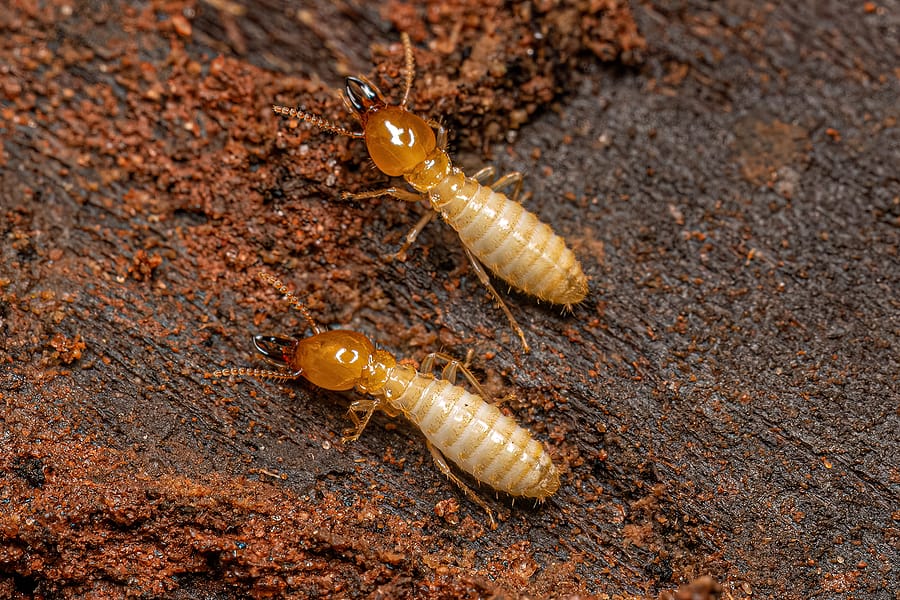
Subterranean termites are a frequent problem for homeowners. They are highly destructive insects that can cause extensive damage to your home if left unchecked. It’s critical to act as soon as you suspect an infestation. Let’s break down how to discover a termite infestation and how to handle it.
The first step to handling a subterranean termite infestation is to identify the problem. Look for the signs of termite activity, including mud tubes, which are pencil-sized tubes of mud that termites use to travel from their nests to your home; and wings, which termites shed as they establish new colonies. If you find evidence of termites, it’s essential to act quickly.
The next step is to inspect your home thoroughly. Look for any areas that might be open to termite activity, such as wood that is in contact with soil, moisture-damaged wood, and wood that is close to plumbing or heating systems. Pay special attention to the foundation, crawl spaces, and basements, as these are the areas where termites are most likely to enter your home.
If you suspect you have a termite infestation, it’s important to call a professional pest control company. They have the expertise and equipment to accurately diagnose and treat the problem. A local termite control company can also advise you on the best course of action to prevent future infestations.
To prevent future termite infestations, you should take a few preventative measures. Keep firewood, piles of leaves, and other organic matter away from your home’s foundation. Ensure proper ventilation in your crawl spaces and basements. Seal any cracks or holes in your foundation and fix any leaks or moisture problems in your home.
If you suspect you have a termite infestation, it’s important to act as soon as possible. With the right help, you can successfully handle a termite infestation and protect your home from further damage. Give your local pest control company a call today for a free termite inspection!
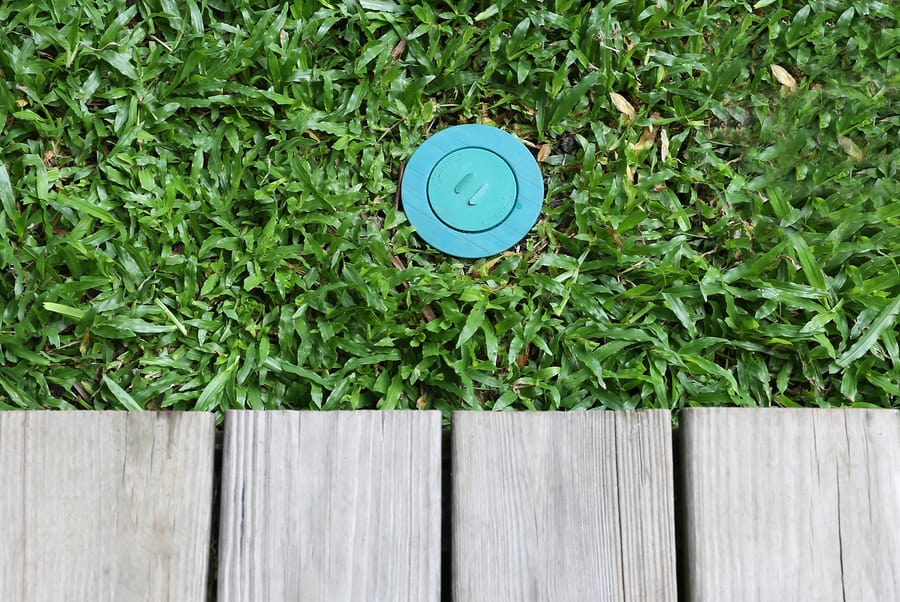
One of the most common termites in the Macon area are subterranean termites. These termites can be extremely destructive, as they eat wood from the inside out and go undetected for long periods of time. Once homeowners finally notice a termite infestation, it’s often too late to stop their damage. There are several methods that a homeowner should know to help protect their home from termite damage. Check out three termite control treatments and how to avoid a termite infestation below.
There are three termite treatment methods to consider when looking to control and eliminate termite colonies, with their effectiveness depending on the type of termite you have and the severity of their infestation. These methods include:
One of the best ways to get ahead of termite control is by placing preventative measures throughout. Consider the following do-it-yourself prevention tips to avoid termites:
If you suspect that you have a termite problem or are interested in getting ahead with a prevention plan, reach out to your local pest control company which can provide you with a free analysis and recommend the best treatment and prevention plan.